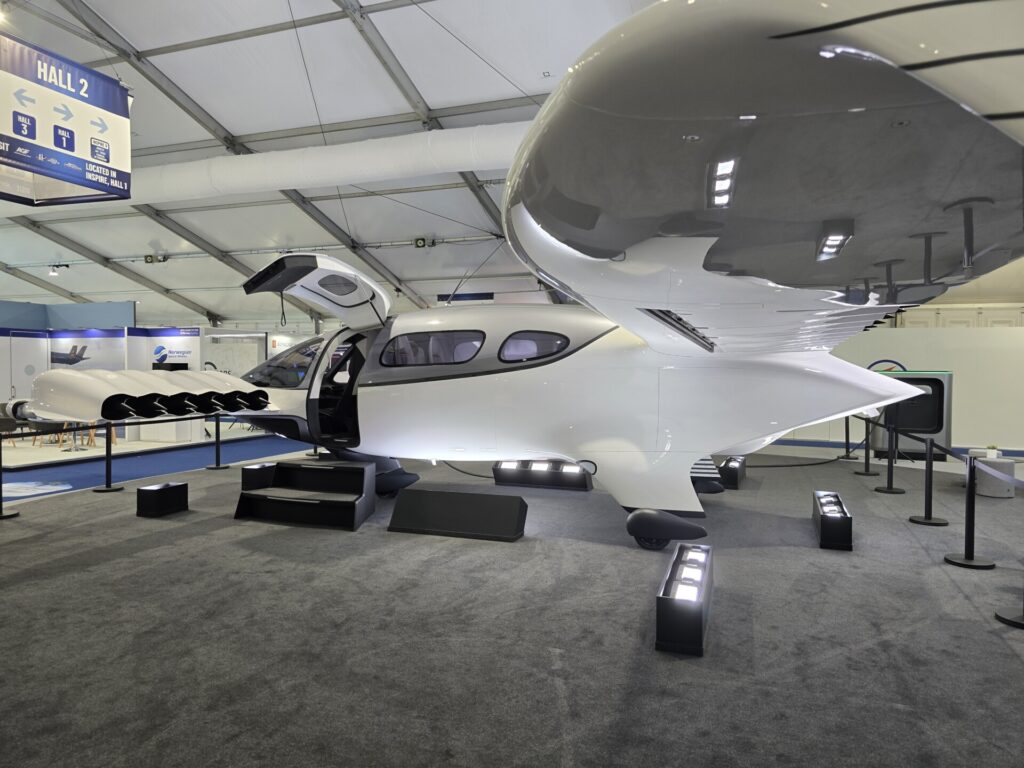Leading electric aircraft manufacturer and pioneer in Regional Air Mobility (RAM) Lilium has completed its first power-on milestone for the first in-production Lilium Jet MSN1 at its facility in Munich, Germany marking another step on its path to first flight and certification.
During the power-on test the low-voltage electrical systems managing the aircraft’s avionics, including cockpit display, flight controls, communication, navigation and surveillance systems, with the respective wiring and power distribution units, were switched on and tested for the first time.
The next stage will include powering up the high-voltage systems following the installation of the aircraft’s batteries and propulsion units.
Yves Yemsi, Lilium COO, commented: “Power-on is an important quality gate in the production process of any commercial aircraft. The two Lilium Jets now on our final assembly line and those to come will be conforming aircraft, built to the specifications of our design organization, according to documented process and in line with established aerospace procedures.
“When it comes to aircraft production, what matters for the certifying authorities is process control, repeatability, traceability, and above all safety. Achieving this first power-on milestone demonstrates that we’re on track.”
MSN 1 is the first of two Lilium Jets currently in production and will be used as Lilium’s test aircraft, dubbed “iron bird” and will be aircraft used to prove safety of flight and compliance with airworthiness requirements using remote flying.
MSN2 is expected to be the first Lilium Jet that is flown by a pilot rather than remotely.
What is the Lillium Jet?
- Type: Electric Vertical Takeoff and Landing (eVTOL) Aircraft.
- Manufacturer: Lilium GmbH, a German aerospace company.
- First Flight: The Lilium Jet prototype had its maiden flight in May 2019.
- Propulsion: Distributed electric propulsion with up to 36 electric jet engines.
- Speed: Capable of speeds up to 300 km/h (186 mph).
- Range: Designed to cover distances of up to 300 km (186 miles) on a single charge.
- Capacity: Planned to accommodate 4-6 passengers plus a pilot.
- Design: Features a fixed-wing design with ducted fans for vertical and horizontal flight.
- Noise: Designed to be significantly quieter than traditional helicopters, with a noise level below 60 dBA during takeoff and landing.
- Charging: Equipped with fast-charging capabilities to minimize turnaround time.
- Safety Features: Includes multiple redundant systems, advanced flight control, emergency parachute system, and high structural integrity.
- Environmental Impact: Zero-emission aircraft, fully electric with no direct CO2 emissions.

